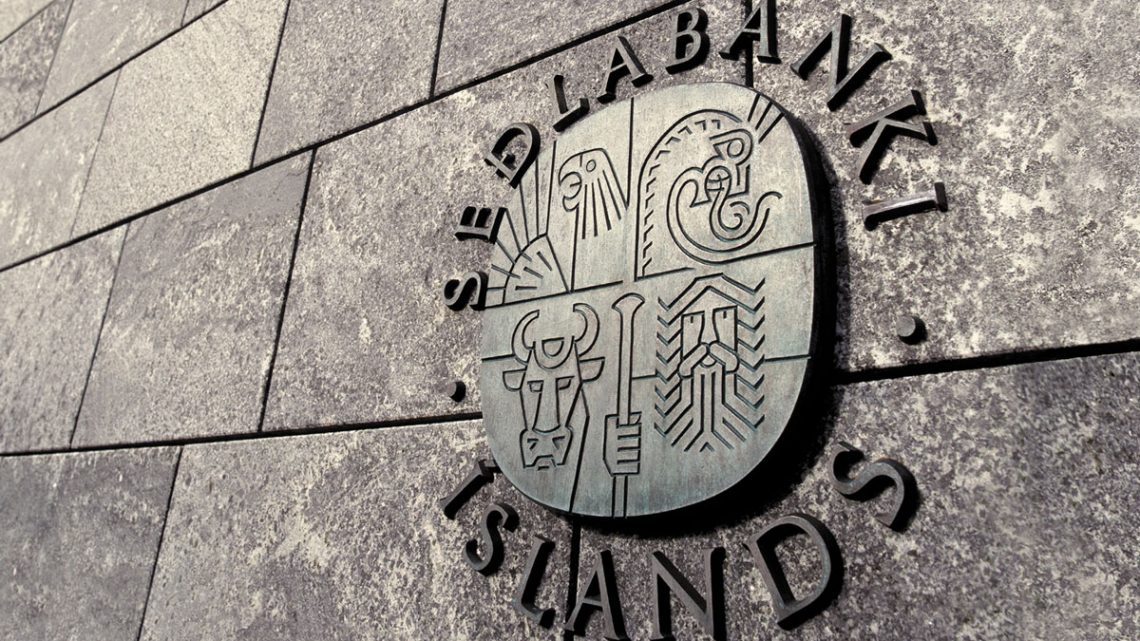The Central Bank of Iceland (CBI) has chosen SIA – European hitech company to implement and support the new realtime gross settlement system (RTGS) and the new instant payment platform.
These technology infrastructures developed by SIA, planned to go live in 2018, will replace CBI’s current mainframe-based real-time solutions for high and low-value payment systems, which have been operating since 2001. SIA will use its wholly-owned subsidiary Perago, based in Pretoria (South Africa), specialized in central bank solutions.
Central Bank of Iceland manages all interbank payments in the country. Despite the small population, it processes a quite significant daily volume of transactions: up to 1 million payments with a peak of 160,000 per hour. CBI has decided to move towards a more strategic, modern and cost effective infrastructure.
CBI will be able to benefit from seamless integration among Perago’s RTGS, Instant Payment and Payhub solutions.
Furthermore, CBI will differentiate itself from standard models that traditionally split high and low-value payments, by implementing a new model based on a single system which processes each type of payment (Bank to Bank, P2P or B2B) in a different way, while ensuring that all transactions can be exchanged using a single domestic message standard. This new approach puts CBI at the forefront of the payment system infrastructure evolution.
Guðmundur Kr. Tómasson, Director of Financial Market Infrastructure at Central Bank of Iceland, said CBI decided to accept the bid from SIA after thorough consideration: “We look forward to using SIA’s systems, which will also enable us to cooperate closer with our Nordic neighbors in this field.”
“We are honored to have signed this agreement with Central Bank of Iceland, confirming us as leading provider for central banks in the Nordic region after Sweden, Norway and Denmark – commented Massimo Arrighetti, CEO of SIA – With CBI, the number of central banks in the world which have decided to use SIA’s state-of-the-art technologies to develop their own payment infrastructures has risen to 15, across Europe, Africa, the Middle East and Oceania. We are also very pleased to implement for the first time an instant payment system completely managed by a central bank”.






